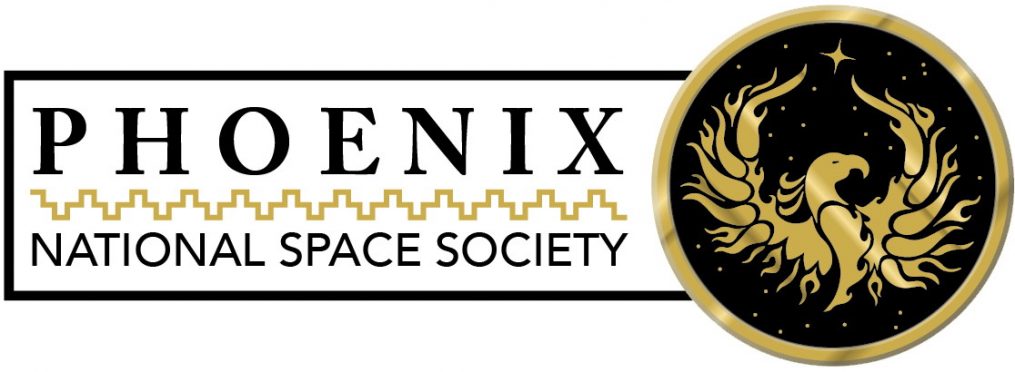Here is the current calendar of flight events for 2013 for International Space Station as listed on the Forum at NASASpaceFlight on 21 November 2012:
2013
- Complete
- Upcoming
- January 17 – ISS orbit’s reboost by Progress M-17M engines
- February 6 – ISS orbit’s reboost by Progress M-17M engines
- February 10 – Progress M-16M undocking (from Pirs)
- February 11 – Progress M-18M launch
- February 11 – Progress M-18M docking (to Pirs)
- March 1 – Dragon (SpX-2) launch
- March 3 – Dragon (SpX-2) capture and berthing (to Harmony nadir) by SSRMS
- March 15 – Soyuz TMA-06M undocking (from Poisk) and landing [Novitskiy, Tarelkin, Ford]
- March 28 – Soyuz TMA-08M launch [Vinogradov, Misurkin, Cassidy] and docking (to Poisk)
- April 2 – Dragon (SpX-2) unberthing (from Harmony nadir) and releasing by SSRMS
- April – spacewalk (ISS Russian EVA-32) from Pirs airlock [Vinogradov, Romanenko]
- April 15 – Progress M-17M undocking (from Zvezda)
- April 18 – ATV-4 “Albert Einstein” launch
- April 23 – Progress M-18M undocking (from Pirs)
- April 24 – Progress M-19M launch
- April 26 – Progress M-19M docking (to Pirs)
- May 1 – ATV-4 “Albert Einstein” docking (to Zvezda)
- May 14 – Soyuz TMA-07M undocking (from Rassvet) and landing [Romanenko, Hadfield, Marshburn]
- May 28 – Soyuz TMA-09M launch [Yurchikhin, Parmitano, Nyberg]
- May 30 – Soyuz TMA-09M docking (to Rassvet)
- June – spacewalk (ISS Russian EVA-33) from Pirs airlock [Yurchikhin, Misurkin]
- July 23 – Progress M-19M undocking (from Pirs)
- July 24 – Progress M-20M launch
- July 26 – Progress M-20M docking (to Pirs)
- August 4 – HTV-4 “Kounotori-4” launch
- August 9 – HTV-4 “Kounotori-4” capture and berthing (to Harmony nadir) by SSRMS
- August – spacewalk (ISS Russian EVA-34) from Pirs airlock [Yurchikhin, Misurkin]
- August – spacewalk (ISS Russian EVA-35) from Pirs airlock [Yurchikhin, Misurkin]
- September 6 – HTV-4 “Kounotori-4” unberthing (from Harmony nadir) and release by SSRMS
- September 11 – Soyuz TMA-08M undocking (from Poisk) and landing [Vinogradov, Misurkin, Cassidy]
- September 25 – Soyuz TMA-10M launch [Kotov, Ryazanskiy, Hopkins] and docking (to Poisk)
- October – spacewalk (ISS Russian EVA-36) from Pirs airlock [Yurchikhin, Ryazanskiy]
- October 15 – ATV-4 “Albert Einstein” undocking (from Zvezda)
- October 16 – Progress M-21M launch
- October 18 – Progress M-21M docking (to Zvezda)
- November 10 – Soyuz TMA-09M undocking (from Rassvet) and landing [Yurchikhin, Parmitano, Nyberg]
- November 25 – Soyuz TMA-11M launch [Tyurin, Wakata, Mastracchio]
- November 27 – Soyuz TMA-11M docking (to Rassvet)
- December – spacewalk (ISS Russian EVA-37) from Pirs airlock [Tyurin, Ryazanskiy]
- December 11 (TBD) – MLM launch (or 2014)
- December 18 – Progress M-20M with Pirs module undocking (from Zvezda nadir)
- December 20 (TBD) – MLM docking (to Zvezda nadir) (or 2014)
2014
- January – spacewalk (ISS Russian EVA-38) from Poisk airlock [Tyurin, Ryazanskiy]
- January – spacewalk (ISS Russian EVA-39) from Poisk airlock [Tyurin, Ryazanskiy]
- January – spacewalk (ISS U.S. EVA-21) from Quest airlock
- January – spacewalk (ISS U.S. EVA-22) from Quest airlock
- February 5 – Progress M-22M launch
- February 7 – Progress M-22M docking (to MLM nadir)
- March 12 – Soyuz TMA-10M undocking (from Poisk) and landing [Kotov, Ryazanskiy, Hopkins]
- March 25 – Progress M-22M undocking (from MLM nadir)
- March 26 – Soyuz TMA-12M launch [Skvortsov, Artemyev, Swanson]
- March 28 – Soyuz TMA-12M docking (to MLM nadir)
Updated 1 January 2013
















You must be logged in to post a comment.